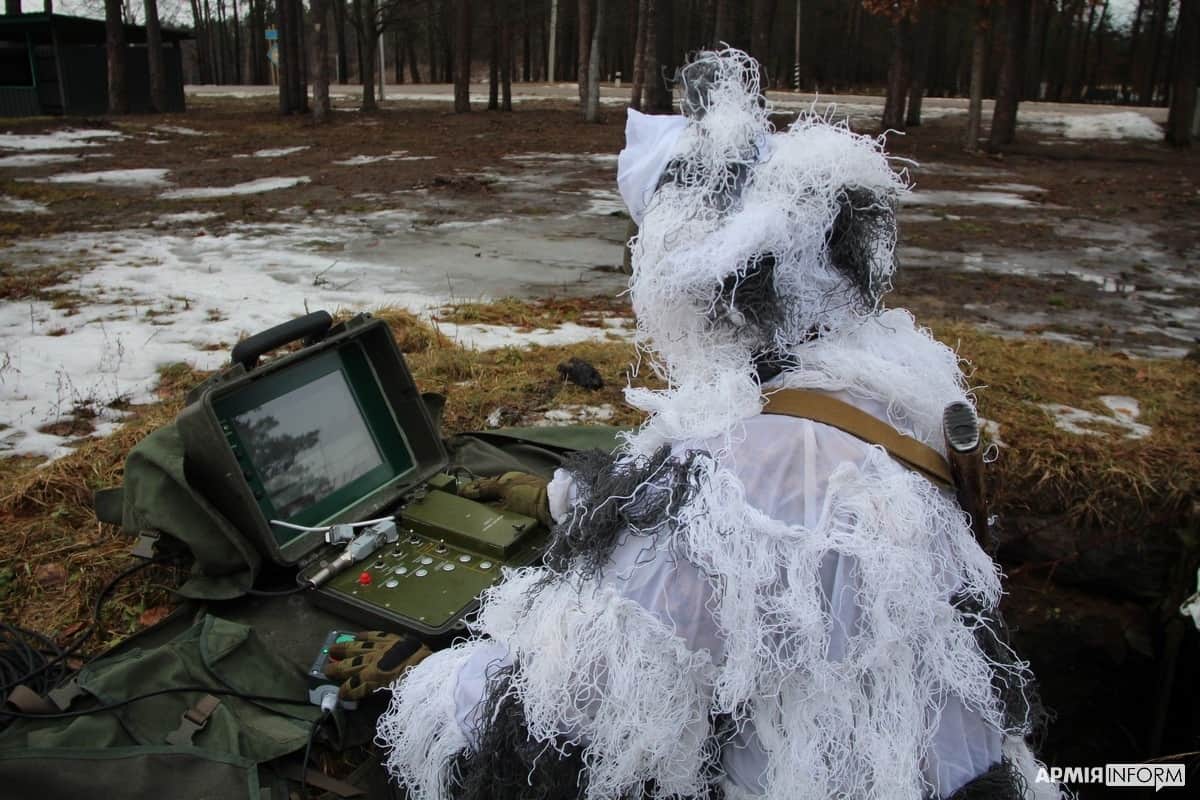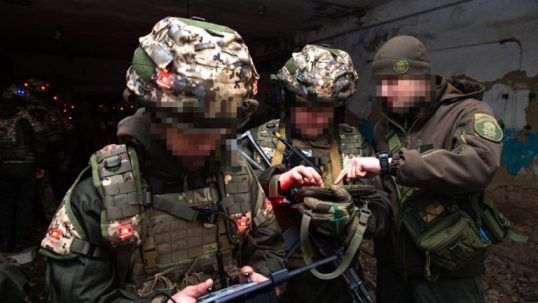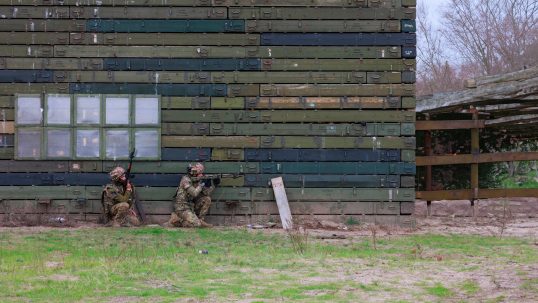
Modern technologies are radically changing approaches to training and preparing military personnel. Tactical simulators are becoming increasingly popular as an effective alternative to traditional training methods, especially in the military sphere. It is interesting to examine the economic efficiency of using tactical simulators using the example of Ukraine, comparing costs and resource savings.
Cost reduction when using simulators

Traditional methods of military training have always required significant financial investments. Field exercises involve the use of real equipment and weapons, the involvement of a large number of personnel, which leads to significant expenses for material and technical support, infrastructure, logistics, and military salaries. For example, it is necessary to purchase and maintain military equipment, ammunition, fuel, and other materials. Added to this are the costs of building and maintaining training grounds, training centers, and transporting equipment and personnel to training sites.
In comparison, the use of tactical simulators significantly reduces the costs of conducting training. The main expenses include the initial investment in purchasing simulators and software, creating special centers for their installation (which require less investment compared to field training centers), as well as regular software updates and equipment maintenance. Although initial investments can be significant, in the long term, simulators help substantially reduce ongoing training costs.
Advantages of using simulators

Besides reducing costs, the use of simulators has several other important advantages. Firstly, simulators allow for practicing dangerous situations without risking the lives and health of military personnel. Secondly, training on simulators can be conducted at any time, regardless of weather conditions and other external factors, making the training process more efficient. Thirdly, reducing the use of real equipment and ammunition decreases the negative impact on the environment. Finally, simulators allow for quickly changing scenarios and training conditions, adapting to the needs of a specific unit or situation, providing flexibility in training.
The economic efficiency of using simulators is especially evident in reducing costs for fuel, ammunition, and other materials, as well as for equipment repair and maintenance. Logistics and infrastructure costs are also significantly reduced.
For example, in one of the training centers in Ukraine, where SKIFTECH equipment is used for tactical training, savings reached more than $27,000 per year in training one platoon. This center trains not only individual specialists but also improves the interaction of units in general. Over the year, 100% of soldiers began to aim accurately at the enemy because the software provides an objective assessment of their accuracy and effectiveness.
Thus, the economic efficiency of using tactical simulators in military training is evident. They not only reduce training costs but also improve its quality, safety, and environmental friendliness. For Ukraine, where the efficient use of resources is extremely important, the application of simulators SKIFTECH can become a key factor in the development and modernization of the military sphere.

